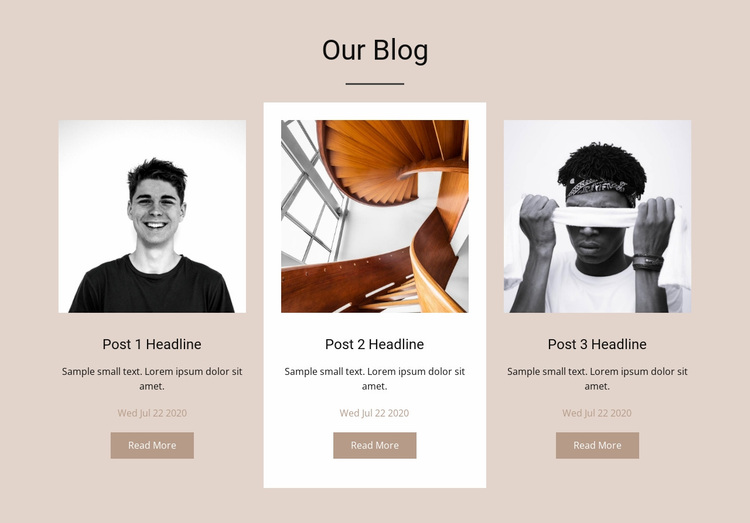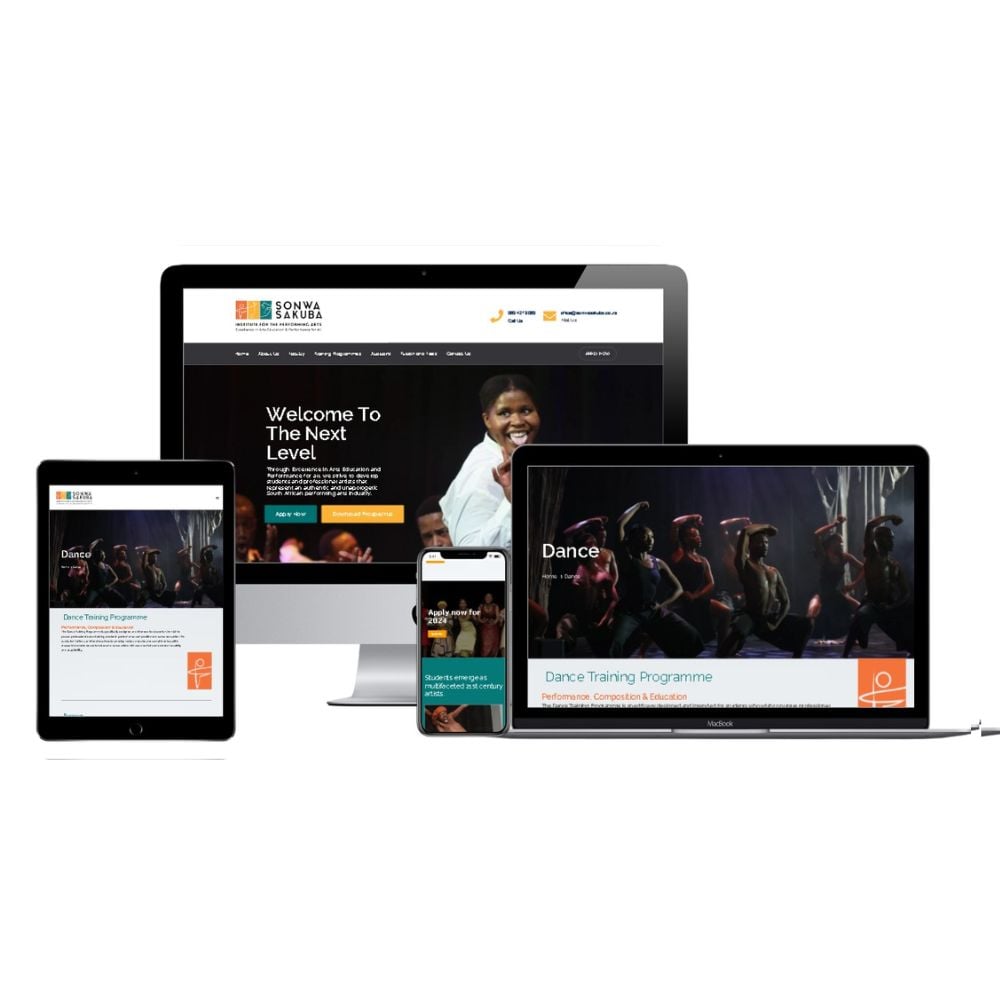Leading Tips for Producing an Impactful Site Style That Converts
In today's electronic landscape, the importance of an impactful web site style can not be overstated, especially when it involves converting visitors right into clients. To achieve this, one should consider a range of variables, including understanding the target audience, prioritizing customer experience, and enhancing for mobile platforms. The calculated use of engaging call-to-actions and a distinct visual hierarchy plays an important role in leading individuals through their trip. As we explore these essential elements, it ends up being evident that the success of your internet site rests on greater than just aesthetic appeal; it calls for a thoughtful approach to layout and functionality.

Understand Your Target Market
Understanding your target market is fundamental to efficient web site style, as it prepares for creating an engaging customer experience. Identifying who your individuals are, including their demographics, preferences, and habits, enables designers to tailor the site's web content, design, and performance to fulfill particular needs.
Conducting complete marketing research is essential in this process. Surveys, interviews, and analytics can give beneficial understandings right into customer assumptions and pain points. By assembling this information, developers can develop individual personalities that represent different sectors of the target market, ensuring that design choices are notified and appropriate.
Moreover, recognizing the target audience helps in selecting proper design components such as color design, typography, and images that reverberate with customers. An internet site that talks directly to its audience cultivates a feeling of link and trust, urging longer brows through and greater conversion prices.
Eventually, a user-centered method to website design not only boosts individual contentment but additionally supports business purposes by driving involvement and loyalty. By prioritizing the needs and preferences of the target market, a web site can effectively serve its function and achieve preferred end results.
Prioritize User Experience
To improve the overall performance of a website, focusing on user experience (UX) is necessary (Website Design). A properly designed UX makes certain that visitors can browse the site effortlessly, discover information swiftly, and engage with content meaningfully. This causes increased individual contentment and higher conversion prices
Begin by implementing instinctive navigating. Menus ought to be practically structured, allowing customers to find vital areas of the site with very little initiative. Consistency in design elements, such as color design and typefaces, fosters knowledge, which is essential for preserving customer involvement.
In addition, consider the loading speed of your internet site. A delay of just a few seconds can lead to significant drop-offs, as users are less likely to await a slow-loading web page. Streamlining images and enhancing code can boost efficiency and retain visitors.
By prioritizing user experience, you not only create a much more delightful environment for site visitors however additionally reinforce your brand name's credibility. Inevitably, an emphasis on UX is a financial investment in the long-term success of your web site.
Enhance for Mobile Instruments
Optimizing for mobile phones is important in today's electronic landscape, where an increasing number of users gain access to internet sites with mobile phones and tablet computers. A mobile-friendly style not only boosts customer experience yet additionally plays a considerable role in improving online search engine rankings. To achieve this, try this it is vital to adopt a receptive layout that automatically gets used to different display sizes and positionings.

Loading rate is an additional important aspect; mobile individuals are normally less patient and anticipate quick accessibility to info. Optimize photos and take advantage of web browser caching to boost efficiency. Test your web additional info site on numerous tools and screen resolutions to recognize and correct any prospective usability problems. By prioritizing mobile optimization, you make sure that your site stays affordable and effectively engages a more comprehensive target market.
Usage Compelling Call-to-Actions
A site's effectiveness commonly depends upon its capability to assist visitors towards wanted actions, making engaging call-to-actions (CTAs) crucial parts of layout. CTAs act as the critical points that direct users to engage with the site, whether that indicates making a purchase, signing up for a newsletter, or downloading a source.
To develop effective CTAs, quality is paramount. Use concise language that plainly interacts the activity you desire the customer to take. Expressions such as "Start," "Join Free," or "Shop Now" not only communicate seriousness but also eliminate ambiguity. The placement of CTAs is equally crucial; they must be purposefully placed throughout the web page to ensure they are conveniently noticeable, specifically in high-traffic locations.
In addition, the layout of CTAs must stand out without being interfering. Use contrasting colors and clear font styles to ensure they catch attention. In addition, consider making use of directional hints, such as arrows or images, to direct individuals toward these switches. By concentrating on these elements, companies can substantially enhance user involvement, driving conversions and eventually accomplishing their site's goals.
Emphasis on Visual Pecking Order
Reliable web site style relies greatly on a well-structured aesthetic pecking order that overviews individuals through material seamlessly. By arranging elements in a manner that focuses on info, developers can improve user experience and facilitate decision-making. This includes making use of size, color, comparison, and spacing strategically to attract focus to one of the most vital parts of a website.
Using larger font styles for headings and subheadings develops a clear distinction between various sections, enabling customers to check content easily. Additionally, utilizing different shades for switches and calls-to-action can capture individual interest and urge interaction. Whitespace is one more necessary part; it prevents clutter and allows users to concentrate on key messages without interruptions.
Pictures and graphics must enhance the message while also adhering to the recognized pecking order, strengthening the general message (Website Design). Uniformity in layout components, such as color schemes and typography, further reinforces the aesthetic power structure, making navigating instinctive

Verdict
In verdict, reliable site layout requires an extensive understanding of the target audience, prioritization of customer experience, and mobile optimization. Ultimately, a well-executed website design offers as an important component in driving user activities and achieving organization goals.